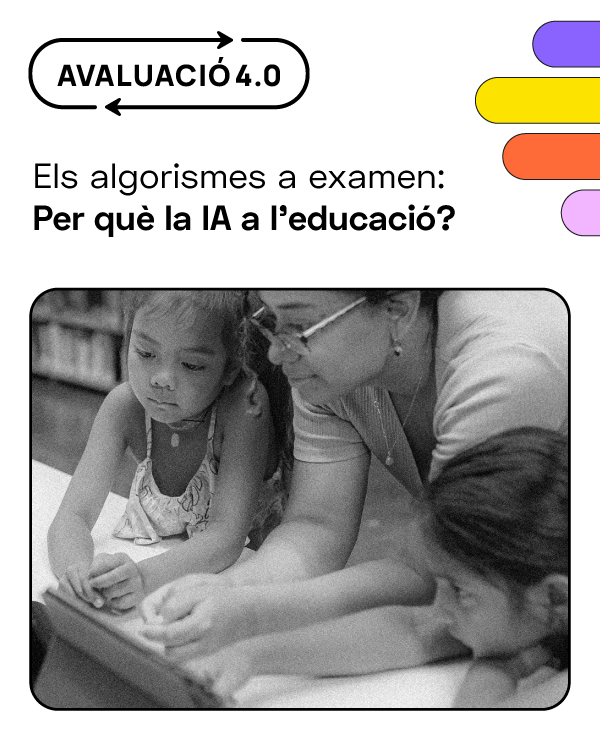AI is already a reality in classrooms and educators have the challenge of attending to this reality that surrounds us. For this reason, the Bofill Foundation publishes the guide 'Algorithms under examination' , with the aim of discovering and disseminating the benefits of its use and, at the same time, addressing the potential dangers of misuse or biased designs. We give you some ideas that are collected:
- The Beijing Declaration, the most prominent of these regulatory frameworks mentioned above, states that the main motivation for the employment of AI must be focused on benefiting humans, always guaranteeing their rights and freedoms.
- In the educational context, we will have to be especially careful, making use that guarantees the maximum safety and preservation of the rights of our students, and thus be able to squeeze the potential of AI to offer new opportunities and educational experiences.
- (Digital) acceleration is not giving us time to be critical. So that public decision-makers and teachers have the necessary knowledge to make informed decisions about key aspects of quality, privacy and educational desirability. To educationally explore what works for us and what doesn't. How do we know under what conditions technologies generate new opportunities, and under what conditions they generate new inequalities.
- It is imperative to take advantage of these years of technological changes in centers and entities to design better education. To build discourses and realities of optimism and hope.
- Guaranteeing connectivity and hardware, certifying the CDD , is a necessary but not sufficient condition. It can even be counterproductive if resources and energies are not allocated correctly.



